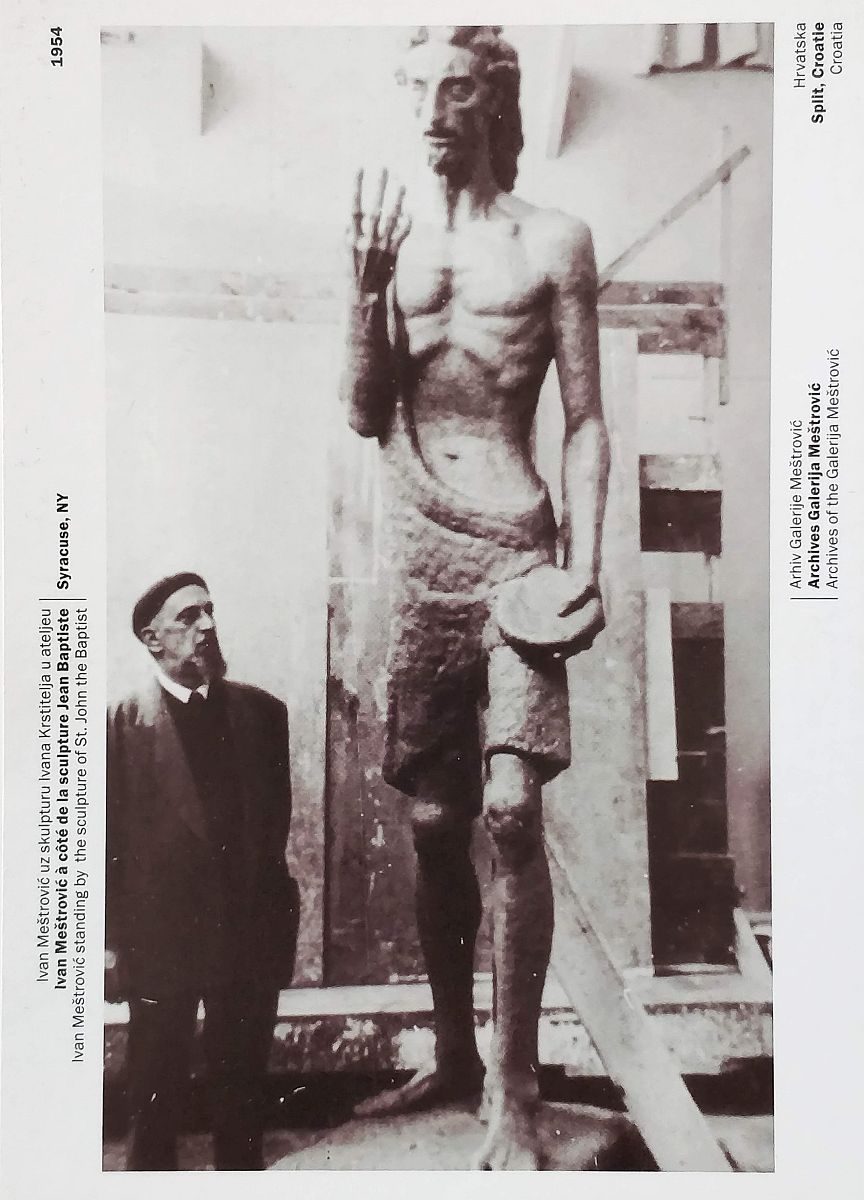Odwiedziliśmy na Braču pustelnię. Nazywa się Blaca – nie blaka, lecz blaca. Niesamowite miejsce: przylepiona do skały twierdza – popatrzcie tylko na zdjęcia, przypominają się najpiękniej ulokowane monastyry na Zakaukaziu: Wardzia lub Sumela. Miejsca jak to dają do myślenia.
Kim byli pierwsi mieszkańcy? Dlaczego nikt nie zdecydował się tu osiąść, gdy umarł ostatni właściciel? Dziś to miejsce pracy dla przewodników turystycznych, którzy nie mają wiele oprowadzania, zajmują się więc robieniem orzechówki czy morelówki, albo produkcją oliwy.
Od naszego przewodnika dowiedzieliśmy się, że mnisi znaleźli tu schronienie w 1551. W XVIII w. miejsce rozkwitało, zatrudniało setki ludzi do pracy sezonowej przy zbiorach. Pojawiła się szkółka dla dzieciaków z okolicznych osad. Miejscowa biblioteka liczy 11 tys. wolumenów a ostatnim mieszkańcem był ojciec Niko Miličević, uznany astronom, który zmarł w 1963 i osierocił to przepiękne miejsce.
We visited a hermitage on Brač. Its name is Blaca – pronounced not blaka, but blatsa. An amazing place: a fortress attached to the rock – just look at the pictures, the most beautifully located monasteries in the South Caucasus, like Vardzia or Sumela come to mind. Places like these give you food for thought.
Who were the first inhabitants? Why didn’t anyone decide to settle here when the last owner died? Today it’s a work place for tourist guides who don’t have a lot of tours, so they take care of making nut or apricot liquors, or producing olive oil.
From our guide we learned that the monks found shelter here in 1551. In the eighteenth century the place flourished, employed hundreds of people for the seasonal harvest. There was a school room for children from the surrounding settlements. The home library has 11,000 volumes and the last inhabitant was Father Niko Miličević, a renowned astronomer who died in 1963 and orphaned this beautiful place.
